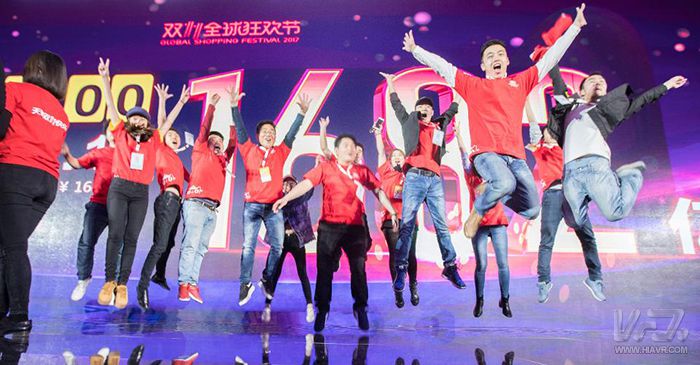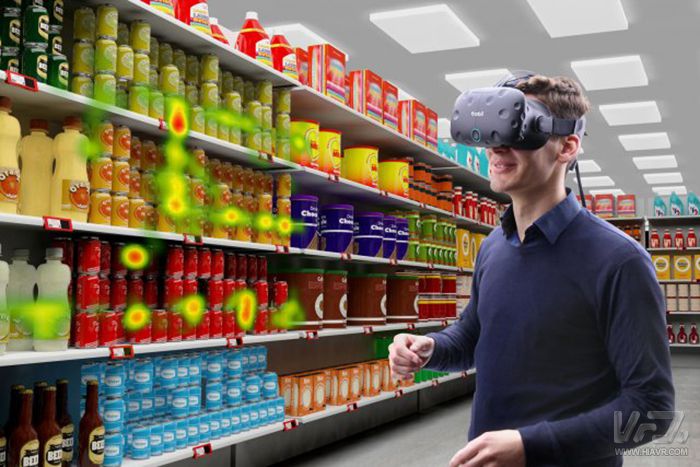
Eight years ago, before Alibaba launched its iconic “Double 11†shopping festival, promotional campaigns across China were largely driven by SMS and in-store deals. Today, as midnight strikes on November 11, the shopping event kicks off with a record-breaking transaction volume of over $1.5 billion. Television screens are constantly updated with new figures, while thousands of logistics trucks and motorbikes flood the streets, emitting more than 300,000 tons of carbon dioxide into the atmosphere.
Yet, amidst all the chaos, Alibaba’s VR shopping platform, Buy+, remains surprisingly calm. The so-called "immersive retail experience" is still in its early stages. Users can only access it through cheap cardboard VR glasses, which place their phone in front of their eyes. The audio quality is no better than regular phone speakers, and the overall experience lacks depth and realism.
Moreover, the platform doesn’t offer much variety. Retailers only list a limited number of products, and most users spend just a few minutes browsing. Despite being a real sales environment, engagement remains low, suggesting that VR shopping is still far from mainstream adoption.
Nevertheless, “Double 11†has proven to be an innovator. It serves as a key indicator of China’s massive consumer market growth. The question remains: what will continue to drive this explosive consumption? As technology evolves, the answer may lie in the next big trend—VR and AR.

VR/AR Is the Next Step
Take the AR game “Pokémon Go†as an example. Players follow instructions on their phones, exploring real-world locations to unlock virtual items that require real money. This blend of physical and digital interaction hints at the future of retail.
Major companies like eBay, IKEA, LEGO, and Haagen-Dazs have already begun experimenting with VR and AR in their retail strategies. According to Goldman Sachs, the global value of VR in retail could reach $1.6 billion by 2025, with over 32 million users expected by then.
However, the regulatory framework for these technologies is still unclear. There are currently no specific rules or guidelines governing the use of VR/AR in marketing or advertising, raising concerns about privacy, data security, and ethical implications.

As the environmental and social impacts of mass consumerism become more visible, issues surrounding VR/AR in retail are beginning to attract attention. These emerging technologies may soon play a significant role in shaping the future of online shopping.
Mike Evans, president of Alibaba Group, once stated in 2016 that technology would elevate the relationship between brands and consumers. On the Buy+ platform, customers simply browse and nod to make a purchase. He emphasized that VR/AR could create stronger brand-consumer connections, potentially replacing traditional methods like opening physical stores in specific regions.

Related Specifications Have Not Been Established
Gamification in sales is not a new concept. “Double 11†has already shown how interactive and engaging methods can boost sales. Some consumers even plan their purchases weeks in advance to rush and secure deals before others.
Despite this, these strategies operate under established rules. In contrast, VR/AR lacks clear regulations, leading to ongoing debates about its ethical and practical applications. However, experts believe this situation will change as the technology matures.
Nonny de la Peña, a pioneer in using VR for journalism, explains that the connection between users and content doesn't happen automatically just because they wear VR headsets. She uses VR to immerse audiences in stories, showing how easily people can overlook important information—from large-scale conflicts to smaller issues like food safety.
Currently, she is working with the U.S. Public Television Network to develop best practices for using VR/AR in news reporting. “This is a new medium that's just starting out,†she says. “We’re still figuring out its unique qualities compared to other forms of media. We hope that individuals or institutions will step in to define best practices and establish cultural norms.â€
This article was originally written by VR Net. Please credit VR Net and provide a link back if you share it.
Follow Light
Follow Lights usually use for wedding event, concert, and movie theater
350W LED Follow Spot Light Five Color+White Gobo Customizable 17R
Total power: 500W
Frequency: 50 hz-60 Hz
Voltage: 110v-240v
Light source: projection bubble 470w
Color: 7 kinds of color plus white light, red, yellow, blue, green, peach red, warming tablets, cooling tablets;3200K - 6500k rainbow effect.
Function: manual focusing.On / off light stroboscopic speed;Aperture size;Color change - color change;Stepless adjustment, adjustable speed and electronic.
Passage;4 DMX512 channels
Beam angle: 8-15 degrees, effective range 100-120 meters
Our company have 13 years experience of LED Display and Stage Lights , our company mainly produce Indoor Rental LED Display, Outdoor Rental LED Display, Transparent LED Display,Indoor Fixed Indoor LED Display, Outdoor Fixed LED Display, Poster LED Display , Dance LED Display ... In additional, we also produce stage lights, such as beam lights Series, moving head lights Series, LED Par Light Series and son on..
Follow Light Series,Follow Light,Spot Light,Follow Spot Light
Guangzhou Chengwen Photoelectric Technology co.,ltd , https://www.cwleddisplay.com